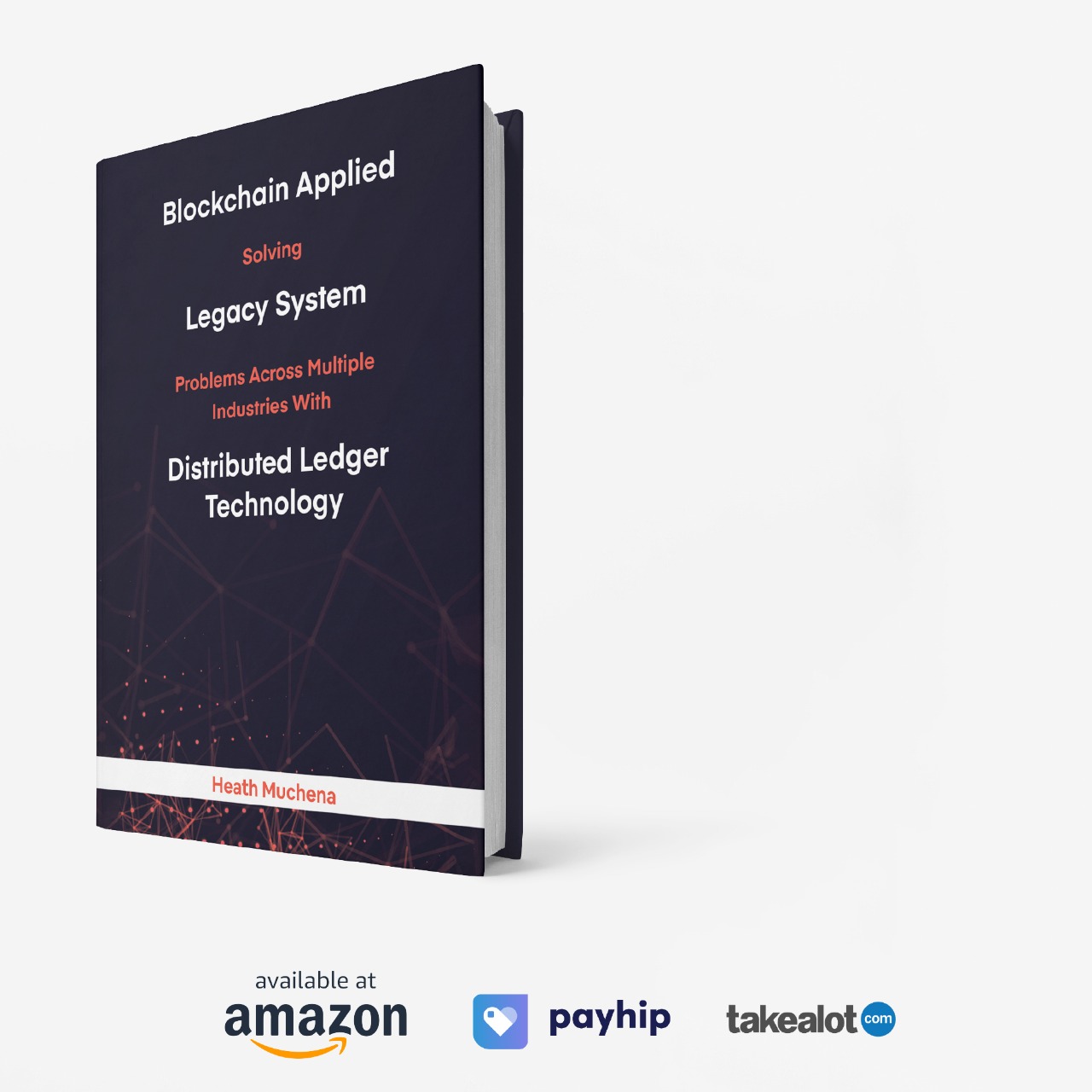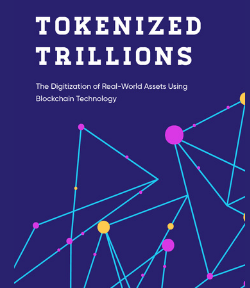
Prediction markets let traders buy and sell contracts whose prices reflect the crowd’s belief about whether events will occur.
Below are three of the most interesting platforms, along with the mechanics, incentives and unique features that distinguish them.
1. Polymarket

Polymarket is a peer‑to‑peer prediction market built on Ethereum. It does not act as a “house”; instead, traders place limit or market orders against each other, and the price of a contract reflects the probability of the event occurring. Some key points:
- Market mechanics – At launch, there are no shares; initial pricing emerges when matching YES and NO limit orders equal $1, which mints the first pair of shares. Traders can place limit orders (specifying a maximum price) or market orders (immediate execution). There are no platform fees for trading or deposits/withdrawals.
- Resolution – Outcomes are settled using UMA’s “optimistic oracle.” Users propose a result with a bond; if unchallenged, holders of winning shares receive $1 while losing shares are worth zero. Disputes can trigger an arbitrated vote or a 50‑50 resolution if the result remains unknown.
- Incentives – Polymarket pays holding rewards (currently ~4% annualized) to participants who hold positions and liquidity rewards to users who post limit orders near the market price.
- User experience – There are no minimum or maximum trade sizes; large orders may move the market, so advanced traders consult the order book for depth. The platform has cultivated a community around news and events, though it operates in a regulatory gray area.
Polymarket’s on‑chain design and lack of trading fees attract crypto enthusiasts, but resolution relies on crowd arbitration and some jurisdictions restrict access to real‑money markets.
2. Kalshi

Kalshi is the first fully regulated prediction market in the United States. It operates as a Designated Contract Market under supervision of the Commodity Futures Trading Commission (CFTC), giving participants legal certainty. Highlights include:
- Event contracts – Traders buy contracts that pay $1 if an event occurs and $0 otherwise. Prices range from $0 to $1, representing the market‑implied probability. Categories span politics, weather, macroeconomic indicators and more.
- Regulation and safety – Regulation brings rigorous reporting and audits, secure custody and strong customer protections. Kalshi emphasizes transparency and aims to democratize access to information markets.
- Fees – Kalshi charges a small transaction fee on expected earnings, plus maker fees for resting orders; it may adjust pricing for special events.
- Use cases – The platform positions event contracts as tools for hedging uncertainties and applying domain knowledge. Kalshi argues that trading on event outcomes offers more precise exposure than stock proxies, allowing people to hedge risks (e.g., weather for travel businesses or policy changes for farmers).
By combining clear rules, CFTC oversight and a simple $1 payout structure, Kalshi appeals to mainstream users and institutions seeking a compliant way to express views on real‑world events.
3. Myriad

Myriad is a decentralized platform built on Arbitrum, designed to make prediction markets ubiquitous. Instead of hosting a central order book, the team embeds markets directly into news articles and social feeds, turning stories into interactive, tradeable questions. Key features:
- Blockchain infrastructure – Myriad uses Arbitrum to reduce gas fees and improve scalability. It introduces ERC‑PRED, a specialized token used for collateralizing positions.
- Topics and integration – Markets cover crypto, sports, politics and pop culture. By integrating predictions into content, Myriad aims to reach casual users who may not visit a dedicated trading site.
- User experience – The platform employs account abstraction so users can sign up and trade without managing a crypto wallet, creating a Web2‑like flow that helped attract over 400 000 users in its first month.
- Market mechanics and incentives – Events resemble binary options: each contract pays $1 if true, $0 otherwise; prices reflect probability. A blended oracle and dispute resolution system aims to ensure reliable outcomes, though regulatory classification remains uncertain and may vary by jurisdiction.
Myriad’s blending of social media and prediction markets makes forecasting more accessible, while its frictionless onboarding could accelerate adoption beyond the crypto community.
Choosing a platform: If you value regulatory clarity and predictable fees, Kalshi offers the most secure option.

For a decentralized, low‑fee environment and crypto‑native rewards, Polymarket stands out. Myriad focuses on ease of use and social integration, appealing to casual users who want predictions embedded in content. Each platform embodies different design philosophies, providing diverse options for traders and forecasters.






